A Step-by-Step Guide to Crafting the Perfect Rock Sugar and Fritillary Bulb Stewed Pear: A Traditional Chinese Remedy for Cough and Throat Relief*
In the realm of traditional Chinese home remedies, few dishes blend culinary artistry with therapeutic benefits as elegantly as Rock Sugar and Fritillary Bulb Stewed Pear. This timeless dessert, often referred to as Bing Tang Chuan Bei Dun Xue Li* in Mandarin, has been cherished for centuries as a soothing elixir for dry coughs, sore throats, and seasonal ailments. Combining the natural sweetness of pears, the medicinal properties of fritillary bulbs, and the mild, nourishing touch of rock sugar, this dish offers a harmonious balance of flavor and wellness. Beyond its health benefits, it serves as a comforting treat during colder months or when one seeks a gentle, warm dessert. This article will guide you through the process of creating this delicate dish, exploring its ingredients, cultural significance, and the science behind its healing properties.
The Ingredients: Nature’s Pharmacy in a Pot
To embark on this culinary journey, one must first gather the key components that make this dish both delicious and therapeutic. Each ingredient plays a distinct role, contributing to the final product’s texture, taste, and medicinal value.

-
Pears: The star of the show, pears are chosen not only for their juicy sweetness but also for their cooling properties in traditional Chinese medicine (TCM). Varieties like Asian pears (Pyrus pyrifolia) or snow pears are often preferred due to their crisp texture and subtle floral aroma. These fruits are rich in dietary fiber, vitamins C and K, and antioxidants, which support immune health and soothe irritated throats.
-
Rock Sugar (Bing Tang): Unlike refined white sugar, rock sugar is minimally processed, retaining trace minerals like calcium and potassium. Its mild sweetness complements the pears without overwhelming their natural flavor. In TCM, rock sugar is believed to moisten the lungs, clear heat, and alleviate coughs, making it an ideal sweetener for respiratory remedies.
-
Dried Fritillary Bulbs (Chuan Bei Mu): These small, off-white bulbs are derived from the Fritillaria plant, a genus of lilies native to Asia. Dried and ground into a powder or sold in whole pieces, fritillary bulbs are renowned in TCM for their ability to dissolve phlegm, reduce inflammation, and calm coughs. Modern studies suggest they contain alkaloids with anti-inflammatory and antimicrobial properties, lending scientific credibility to their traditional use.
-
Optional Additions: For enhanced flavor or additional health benefits, consider adding a handful of goji berries (rich in antioxidants), a few slices of fresh ginger (to warm the body), or a drizzle of honey (for extra soothing effects).
Tools and Equipment
Preparing this dish requires minimal specialized equipment, making it accessible to home cooks of all levels. You will need:
- A medium-sized pot (preferably ceramic or stainless steel to avoid chemical reactions).
- A sharp knife and cutting board for preparing the pears.
- A spoon for scooping out the pear’s core.
- Optional: A steamer basket if you prefer steaming over boiling.
Step-by-Step Preparation
Selecting and Preparing the Pears
Begin by choosing firm, unblemished pears. Rinse them under cool water to remove any residue. Using a vegetable peeler, gently remove the skin, as the pear’s flesh contains most of its nutrients. However, some practitioners leave the skin intact for added fiber, though this may result in a slightly gritty texture.
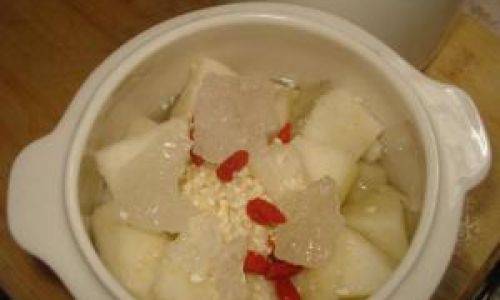
Next, core the pear. Hold the pear upright and use a small spoon or melon baller to scoop out the seeds and fibrous center, creating a hollow cavity. Take care not to puncture the bottom of the pear, as this will allow the filling to seep through during cooking.
For a decorative touch, some recipes suggest slicing off the top quarter of the pear to create a “lid,” which can be replaced after filling. This step is purely aesthetic but adds a charming presentation.
Preparing the Fritillary Bulbs
Dried fritillary bulbs are typically sold in chunks or powdered form. If using whole bulbs, soak them in warm water for 10–15 minutes to soften, then drain and pat dry. For easier incorporation, you may crush them into smaller pieces using a mortar and pestle or the back of a spoon.
If using powdered fritillary, measure the recommended dosage (usually 3–5 grams per pear) and set it aside. Note that fritillary has a slightly bitter taste, so balancing it with sweetness is key.
Assembling the Dish
Place the prepared pears in the pot, hollow side up. Gently stuff each pear with rock sugar and fritillary bulbs. If desired, add goji berries or ginger slices at this stage. Pour enough water into the pot to cover approximately two-thirds of the pears’ height. Avoid submerging them completely, as this may dilute the flavors.
Alternatively, for a clearer broth, some cooks opt to steam the pears. Place a steamer basket in the pot, add water to just below the basket’s base, and arrange the pears on top. Cover and steam over medium heat.
Cooking Process
Bring the pot to a gentle simmer over medium-low heat. Skim off any foam that rises to the surface to ensure a clear broth. Allow the pears to cook for 30–40 minutes, or until the flesh is tender when pierced with a fork. The water should reduce slightly, concentrating the flavors into a light, aromatic syrup.

If steaming, the process may take slightly longer (45–50 minutes). Check periodically to ensure the water level remains sufficient, adding hot water if needed to prevent scorching.
Final Touches
Once cooked, carefully remove the pears from the pot using a slotted spoon. Transfer them to serving bowls. Pour the remaining syrup over the pears, ensuring they are generously coated. Garnish with a few goji berries or a sprinkle of toasted sesame seeds for visual appeal.
For an extra layer of indulgence, some recipes call for drizzling honey or adding a splash of coconut milk before serving. However, traditionalists prefer to keep the dish as simple as possible to highlight the natural flavors.
Serving Suggestions
This dessert is best enjoyed warm, though it can also be chilled and served as a refreshing treat during hot weather. Pair it with a cup of herbal tea, such as chrysanthemum or ginger tea, to amplify its soothing effects.
Leftovers can be stored in an airtight container in the refrigerator for up to three days. The flavors often deepen overnight, making it an excellent make-ahead dish for busy households.
The Science Behind the Sweetness: Health Benefits Explained
Modern research supports many of the traditional claims surrounding this dish. Pears, for instance, contain procyanidin B2, a compound shown to reduce inflammation in airway tissues. Fritillary bulbs, meanwhile, have been studied for their alkaloid content, which may inhibit cough reflexes and relax bronchial muscles. Rock sugar, while primarily a sweetener, acts as a natural humectant, moistening dry throats and alleviating discomfort.
In TCM philosophy, this dish embodies the principle of “nourishing yin”—replenishing the body’s cooling, moistening energies to counterbalance dryness and heat. It is often recommended for individuals with “lung heat” symptoms, such as dry cough, sore throat, or constipation.
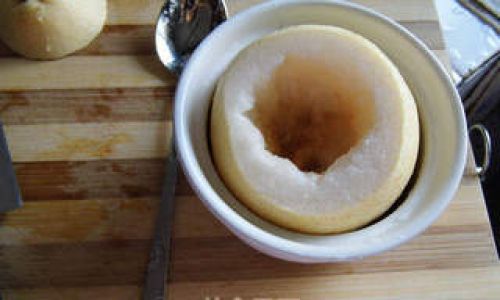
Cultural Significance and Variations
The tradition of stewing pears with medicinal herbs dates back to the Tang Dynasty (618–907 CE), when imperial physicians began documenting recipes for royal wellness. Over time, the dish evolved to include regional variations. In southern China, for example, coconut juice is sometimes added for tropical flair, while in northern regions, dried jujube dates are included for added sweetness.
Modern adaptations might incorporate ingredients like lemon zest, vanilla, or even a splash of red wine for a fusion twist. However, purists argue that deviating from the classic formula diminishes both its flavor and therapeutic efficacy.
Common Mistakes and How to Avoid Them
- Overcooking the Pears: Overly soft pears can disintegrate into mush. To prevent this, monitor the cooking time closely and test for doneness early.
- Using Too Much Fritillary: Excessive amounts can render the dish unpalatably bitter. Stick to the recommended dosage and adjust to taste.
- Skipping the Skimming Step: Foam contains impurities that can cloud the broth. Removing it ensures a clearer, cleaner-tasting syrup.
- Using the Wrong Pot: Avoid reactive materials like aluminum, which can leach metals into the dish. Opt for ceramic, glass, or stainless steel instead.
Beyond the Basics: Creative Twists
For those seeking to experiment, here are a few innovative additions:
- Herbal Infusions: Add a teaspoon of chrysanthemum flowers or dried licorice root to the broth for enhanced respiratory support.
- Spiced Variation: Include a cinnamon stick or star anise during cooking for a warming, aromatic twist.
- Vegan Option: Substitute rock sugar with maple syrup or agave nectar for a plant-based alternative.
- Frozen Treat: Pour the cooled syrup into ice pop molds for a soothing summer popsicle.
Conclusion
Rock Sugar and Fritillary Bulb Stewed Pear is more than just a dessert—it is a testament to the enduring wisdom of traditional Chinese medicine and the art of nourishing both body and soul. Whether you seek relief from a stubborn cough or simply crave a comforting, healthful treat, this dish offers a delicate balance of sweetness, texture, and therapeutic goodness. By following these steps, you can recreate a piece of culinary history in your own kitchen, savoring the timeless flavors that have soothed generations. So gather your ingredients, embrace the slow simmer, and let the aroma of pears and herbs fill your home with warmth and well-being.
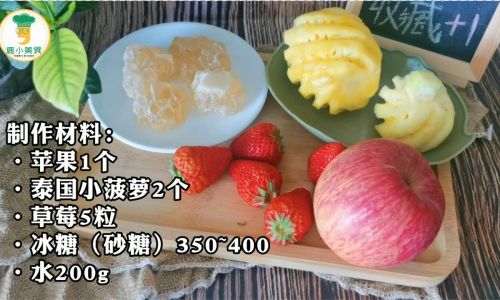
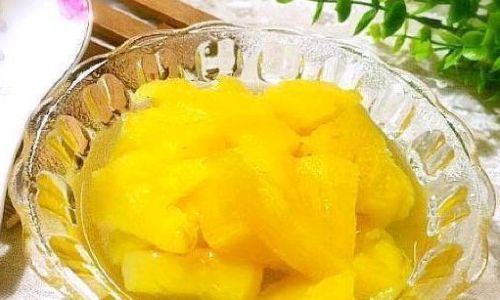
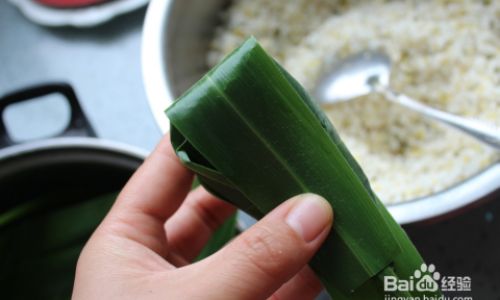

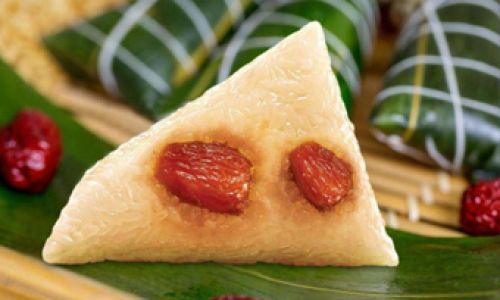
0 comments